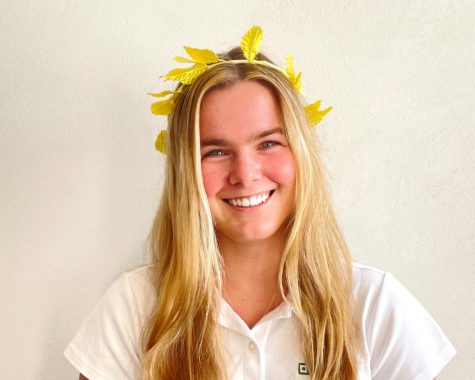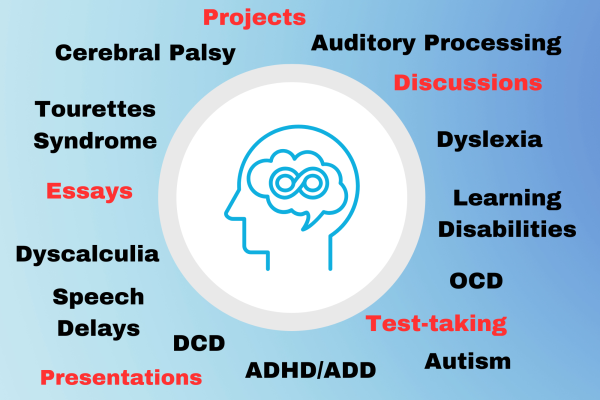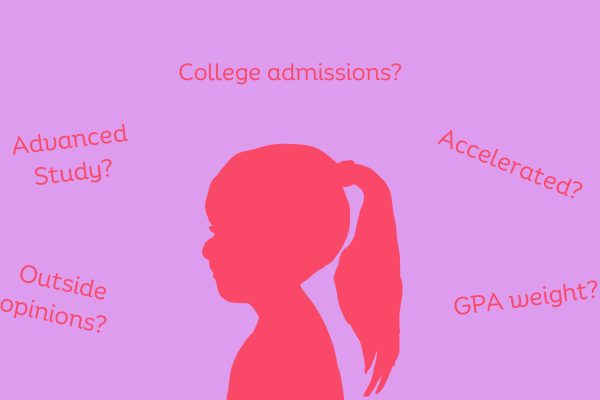Middle School Spotlight: Disney perpetuates unrealistic body expectations
Middle School Spotlight is an occasional series showcasing Archer middle school students who are learning about journalism. These were written for a class assignment then submitted to The Oracle. Outstanding pieces were selected for publication by the Editorial Board.
Disney is known for creating magical stories and characters that many children will remember for the rest of their livese, but what if those characters were the exact reason for self esteem and body image issues? While little girls strive for Rapunzel’s luscious locks or Belle’s iconic yellow dress, there could be a deeper effect of having a Disney character as young girls’ role models.
Over the past few years, the message of self love has rung loud and clear, but not much has changed within Disney. The classic princesses continue to be created with a tiny waist and the “ideal” silhouette. For young girls a princess represents an ideal woman; she is pretty, ladylike, flawless and yes, skinny.
In a study conducted by Brigham Young University’s family life professor Sarah Coyne, results showed that 97 percent of preschool girls interact with the Disney princess culture. In this study the facts revealed that the more interaction girls had with the Disney culture, the more likely they were to suffer from low self esteem. These are girls no older than five being exposed to toxic ideals that could live with them forever.
Disney is not just capitalizing on cartoons, but also with related toys. Dolls of Disney villains were depicted similarly to their characters, but one doll stood out amongst the rest. Ariel’s villain, Ursula —who is known for being modeled after an octopus — is rounder than most of the women in the movie and is certainly not the “perfect body, but Disney couldn’t help themselves when it came to altering the doll. The regular body of Ursula had been swapped out for an Ariel sized, unrecognizable villain doll. She no longer resembled the evil octopus villain, but a Barbie.
Her waist, arms and legs had been slimmed down to what every other doll looked like. Is it just me or is this doll trying to send a message?
While Disney animations have started to show more racial diversity, Disney’s attempts have just not hit the nail on the head. In recent years, movies like Moana and Frozen have shown more independent female leads. But even though Elsa was depicted as a strong women, one aspect of her could not be ignored — the same old “perfect” Disney body.

Grace Doyle joined the Oracle as a staff reporter in 2019 and served as the Sports Editor in the 2020-2021 and 2021-2022 school years. She loves journalism...












Maia • Mar 16, 2018 at 11:54 am
This piece is so true and inspiring to hear! So many girls are impacted by disney’s secret methods of brainwashing young woman who are capable or great things to making them believe that all they are good for is to be kind but thin and pretty. With this, our society of woman being strong leaders in the future is decreasing since they dont have enough esteem for themselves. Although other cool company are changing the size and shape of their dolls and characters, Disney doesn’t seem to budge of the fact that they are affecting girls in such a hidden but negative way. A note is perhaps adding a second picture could enforce your statement.
Bethany Neubauer • Oct 5, 2017 at 10:37 am
You raise some really interesting (and troubling!) points here, Grace. Disney uses those “ideal” bodies and features in such a wide range of stories, regardless of the culture those stories originate in. We just saw this in class with the Disney version of Pocahontas, who looked like a Barbie despite the fact that she was actually an 11-year-old girl! Thanks for bringing this research to our attention.